Clear winner: an Australian beach house is a translucent triumph
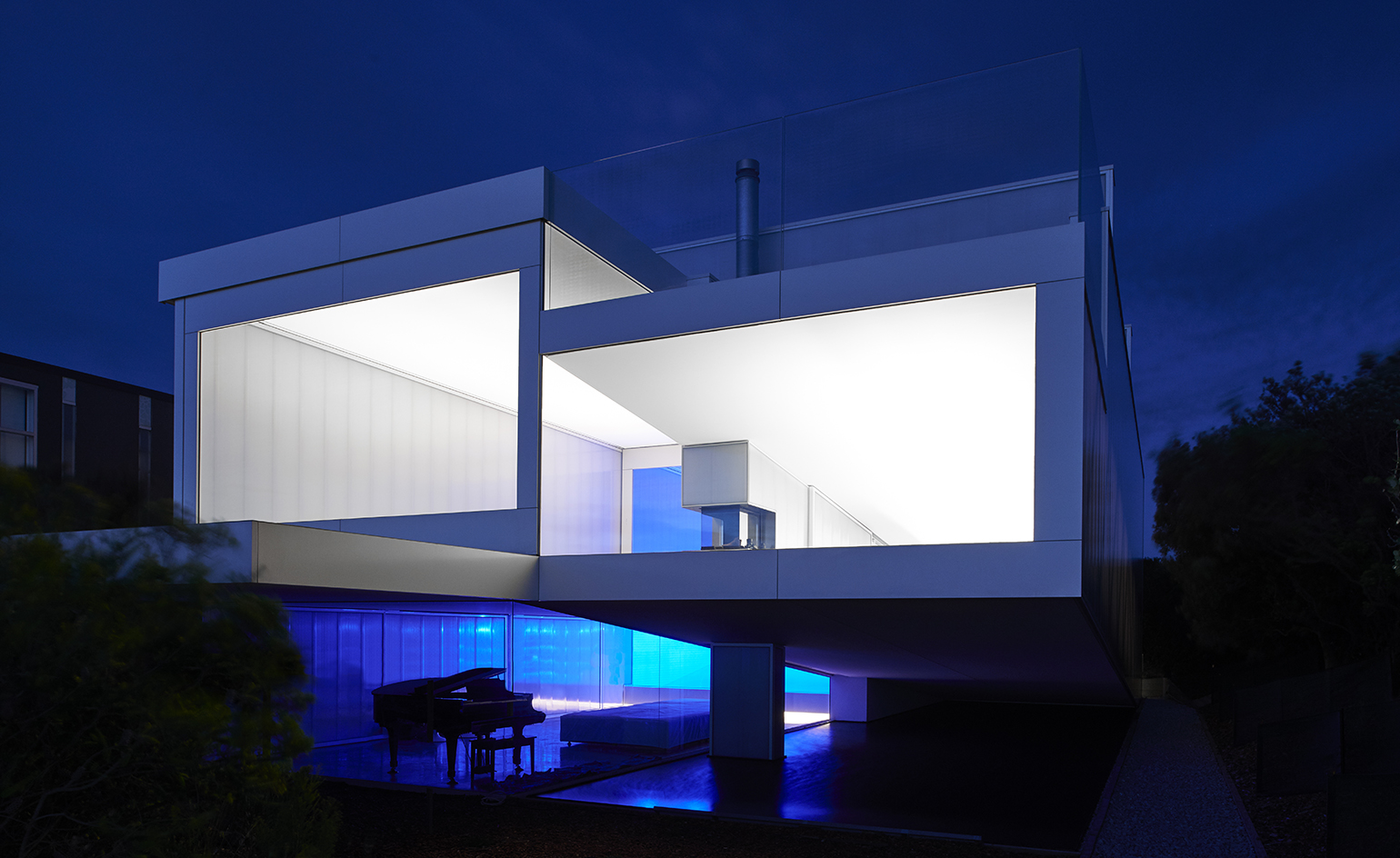
Villa Marittima is more akin to an iridescent, translucent beacon than the typical Australian beach house. Overlooking the Bass Strait, on St Andrews Beach on the Mornington Peninsula, the extraordinary polycarbonate house was designed by architect Robin Williams for his partner Donald Cant and himself, and has already received a whole host of architectural awards, including the prestigious National Award for New Residential Architecture from the Australian Institute of Architects.
Creating great architecture takes time and exploration, and Williams has certainly had plenty of this while travelling all over the world with Cant, who is an opera singer. This peripatetic life has given Williams the opportunity to explore different materials, and he cites a visit to Herzog & de Meuron’s Laban Dance Centre in south-east London as a recent example. ‘The polycarbonate used for the centre was an important starting point. I knew it would respond beautifully to the coastal conditions back home,’ says Williams. Steel, together with thick layers of polycarbonate sourced from Europe, soon became the building blocks for the couple’s new seaside home.
Williams and Cant were keen to replace their old, rudimentary beach cottage with a more spacious home that they would look forward to returning to after travelling. ‘Generous spaces were something I became more appreciative of while visiting some of the grand houses across Europe,’ says Williams. ‘Some of the rooms had no specific purpose,’ he adds.
Growing up in Sunshine Beach in Queensland, childhood memories of racing up sand dunes to see the ocean were also at the forefront of Williams’ mind as he was designing the house. The 6m-high polycarbonate garage-like door slides back to reveal a concrete floor, angled at a 6.2-degree slope and on which a bed is placed. It’s an unusual choice, but not an arbitrary one. ‘I spent a considerable amount of time exploring the sand dunes to find the most comfortable position. I took hundreds of photos to get the comfort factor right. If the ground is too flat, it’s uncomfortable,’ says Williams, who enjoys slowly walking up the ramp, initially seeing the horizon line before the ocean is fully revealed.
In order to maintain design purity, the architect was keen to conceal almost everything that’s normally associated with a home. The wardrobe and ensuite bathroom, for instance, are hidden behind an internal polycarbonate wall. The kitchen and dining area is just as restrained. Even the kitchen unit, also clad in polycarbonate, recedes into a wall in three parts. At the beach end, there’s a fridge and bar, ideally placed to pull out and reach for nibbles and a glass of champagne as the sun settles over the ocean. The central portion is given over to cooking, while a third component, orientated towards a swimming pool, is perfect for enjoying the morning sunlight.
And even though the house is not located right on the shoreline, water features prominently in the design. There’s the swimming pool, with a fibreglass-reinforced yellow resin walkway, sitting 70cm below the water. The only way to go over it is in bare feet, and it leads to a sliding panel that hides a ‘secret garden’ at the other end. ‘It’s also the only way to reach the shallow end of the pool,’ says Williams.
A guest bedroom suite, accessible via an external walkway, looks out over the pool through a glazed wall. A shallow pond frames this bedroom from the other side, the water thus creating myriad patterns on the polycarbonate walls, both inside and outside. ‘I’ve always been drawn to water,’ says Williams. ‘There’s something quite calming about it, but also quite invigorating.’
Experiencing the elements is integral to Williams’ design, with the house’s large sliding glass doors (aligned with the polycarbonate walls) left open on the kitchen and living room level during the warmer months of the year. In the colder winter months, the focal point turns towards the structure’s three-sided glass-fronted fireplace.
In keeping with the architecture, the furniture in the house is truly spartan, with little more than the vintage Sebel ‘Hobnob’ dining suite that followed the couple from their fibro cottage. ‘It’s a reminder of the house we once occupied. Memories form an important part of architecture,’ says Williams, who remembers the sand dunes of his childhood every time he returns from an overseas trip.
As originally featured in the May 2016 issue of Wallpaper* (W*206)
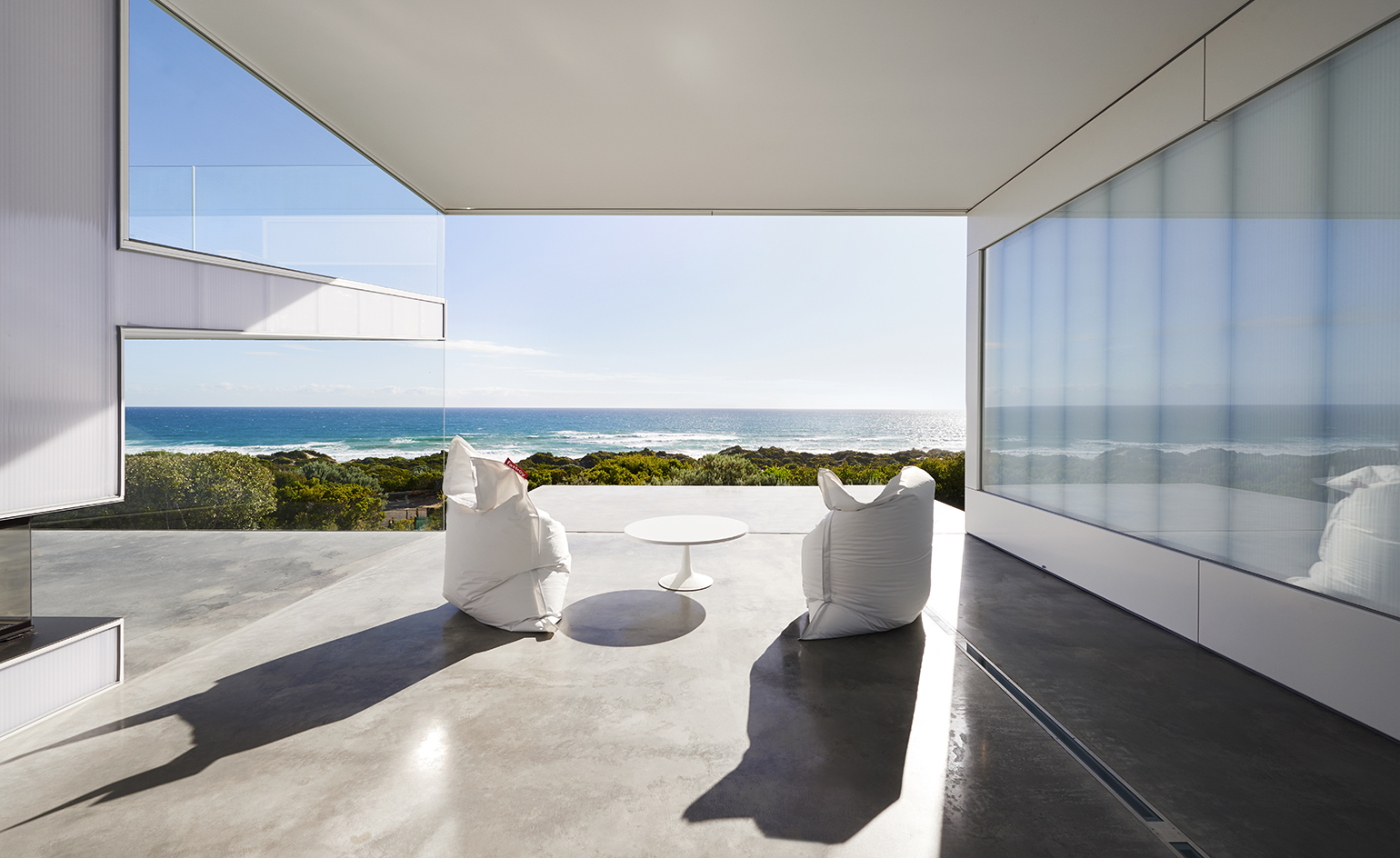
Multi-celled, translucent polycarbonate walls insulate the villa and softly change colour at night
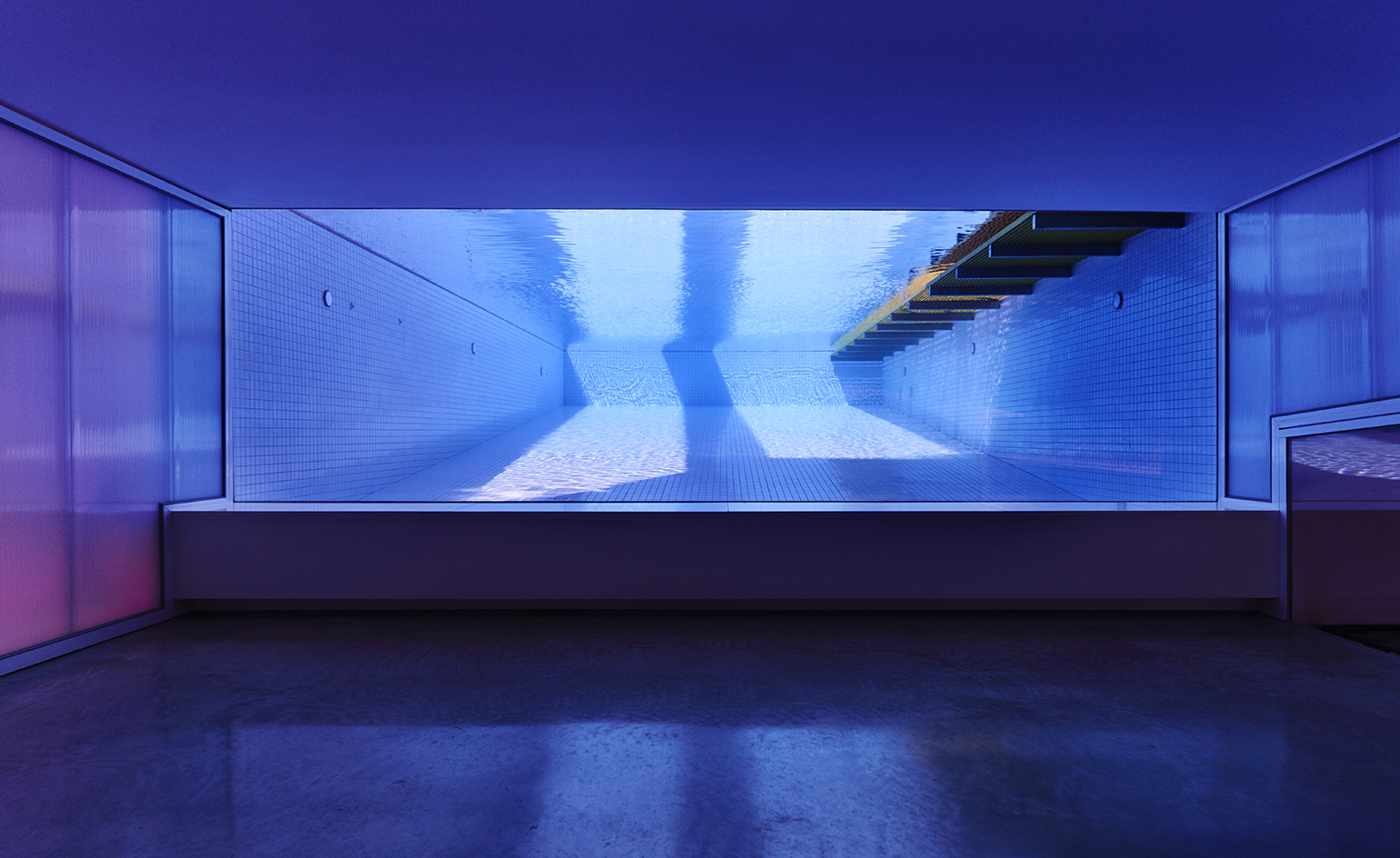
Williams cites Herzog & de Meuron’s Laban dance centre in south-east London as an inspiration for the project
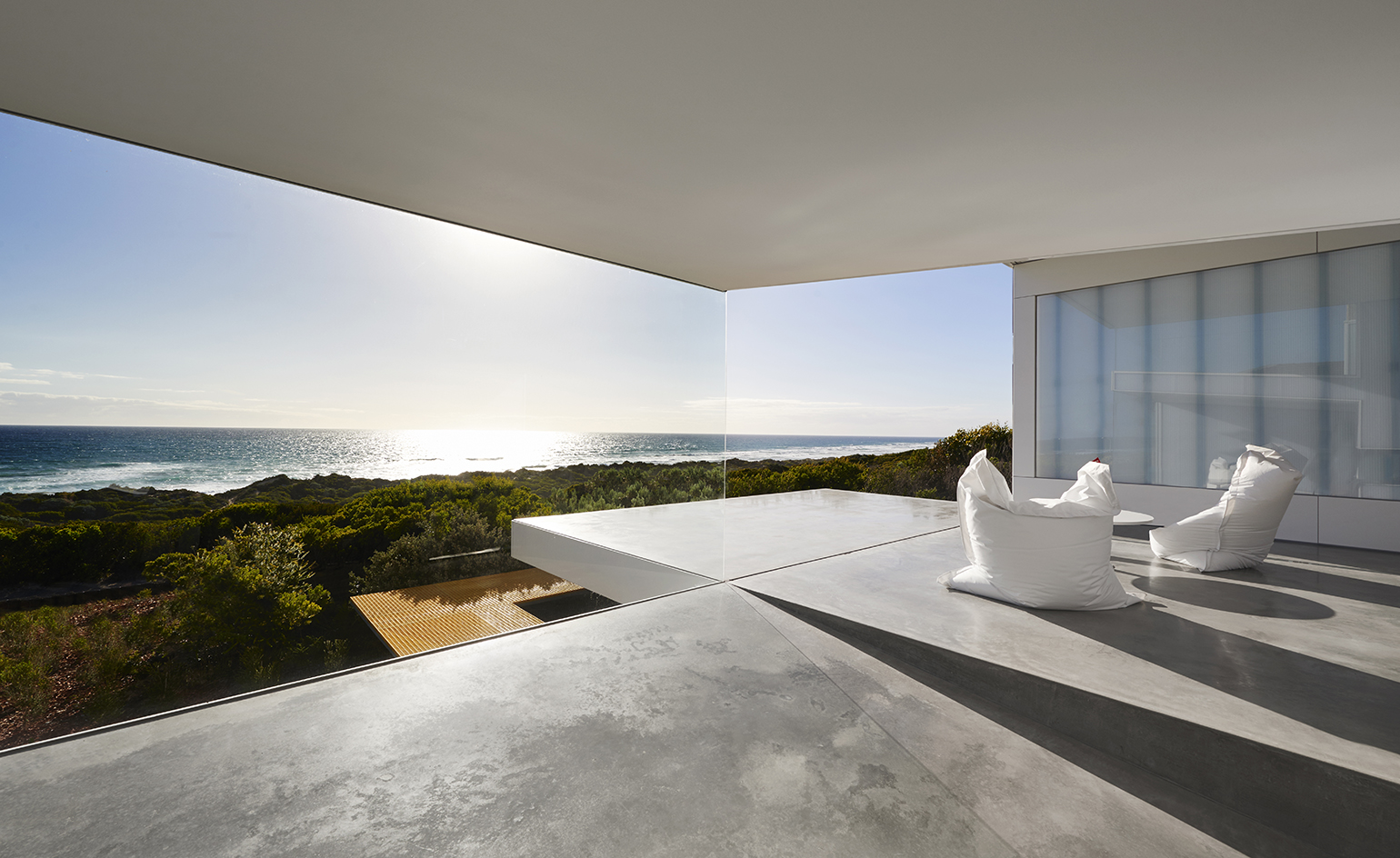
From the entrance a ramp rises to give a view of the ocean
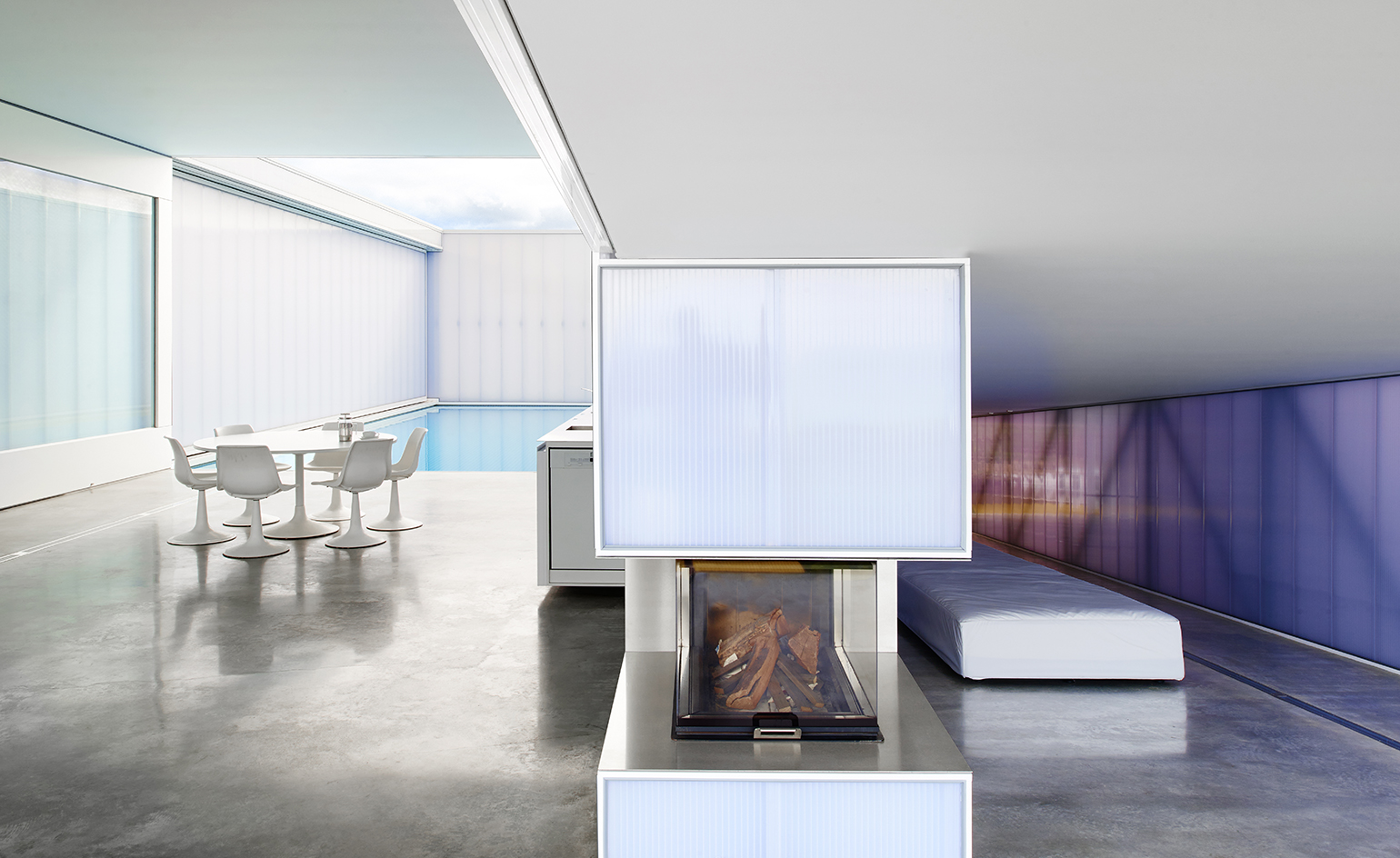
A three-sided fireplace provides a focus in the winter
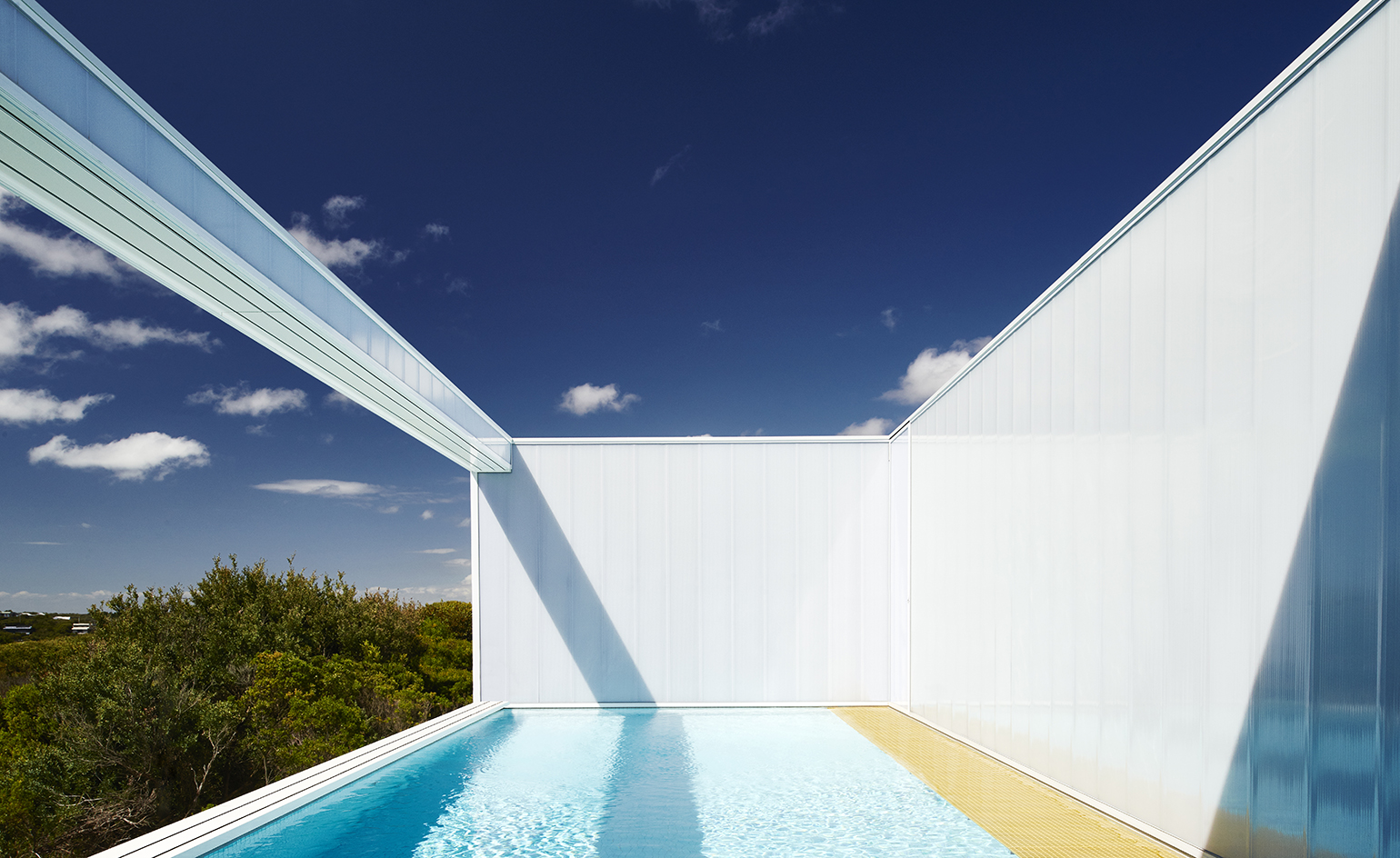
A slightly submerged yellow resin walkway provides a calming path through the pool to a sliding panel that hides a ‘secret garden’
INFORMATION
For more information, visit Robin Williams’ website
Photography: Dean Bradley
Receive our daily digest of inspiration, escapism and design stories from around the world direct to your inbox.
Stephen Crafti started writing on Architecture & Design in the early 1990s after purchasing a modernist 1950s house designed by Neil Montgomery. Fast forward several decades, Crafti is still as passionate and excited about seeing and writing on contemporary architecture and design, having published 50 books to date as well as writing for leading newspapers and magazines.
-
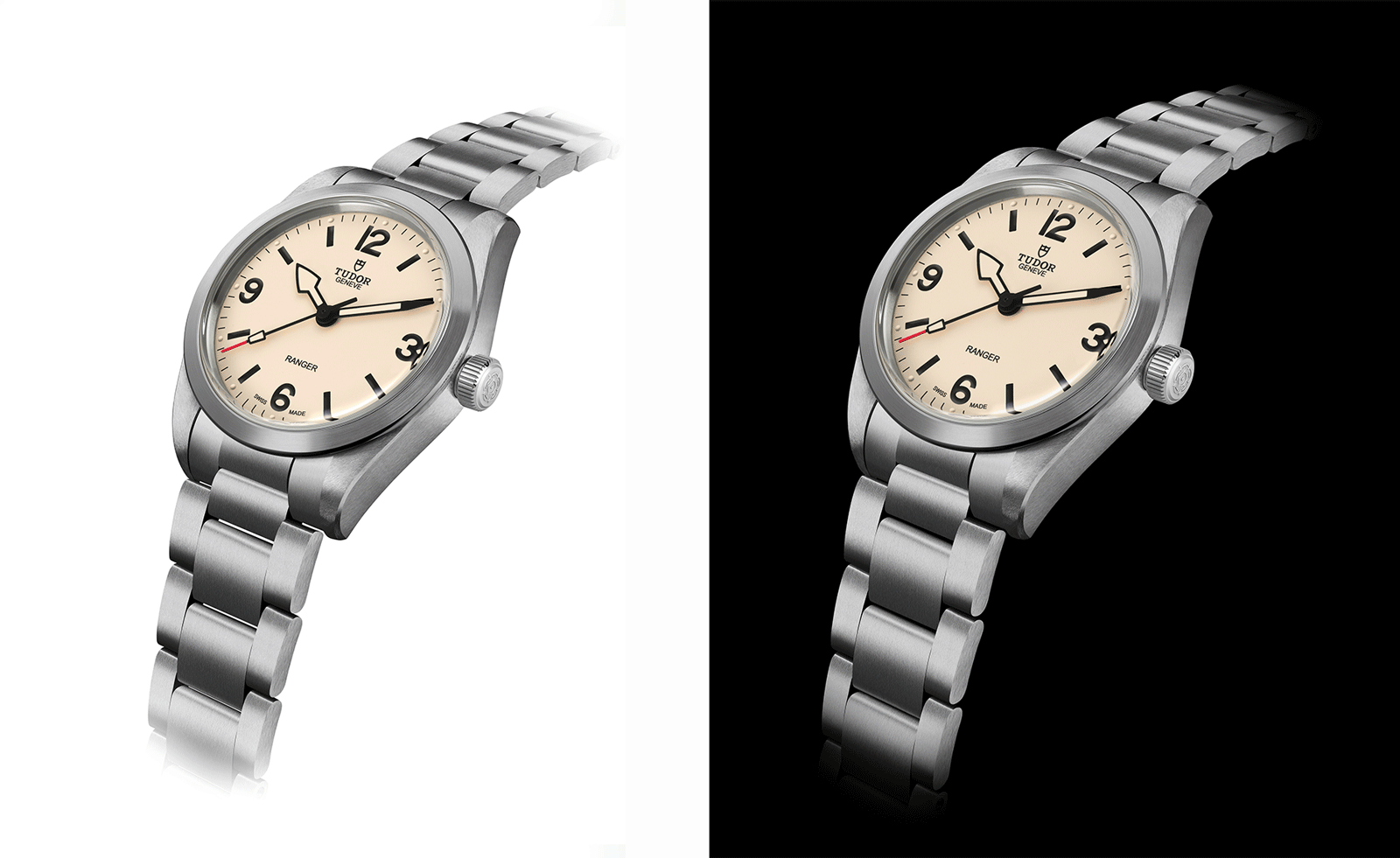 The new Tudor Ranger watches master perfectly executed simplicity
The new Tudor Ranger watches master perfectly executed simplicityThe Tudor Ranger watches look back to the 1960s for a clean and legible design
-
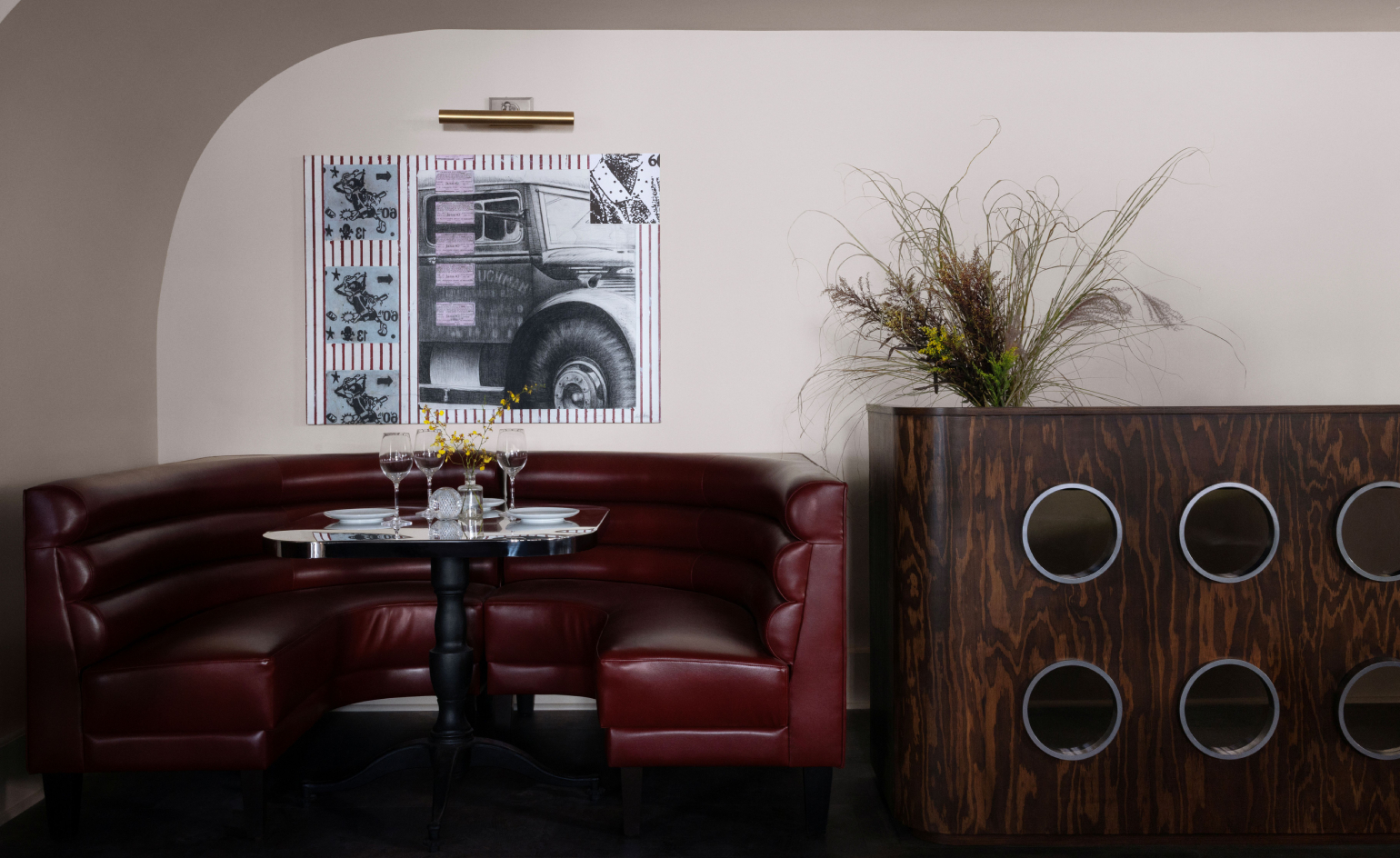 This late-night hangout brings back 1970s glam to LA’s Sunset Boulevard
This late-night hangout brings back 1970s glam to LA’s Sunset BoulevardGalerie On Sunset is primed for strong drinks, shared plates, live music, and long nights
-
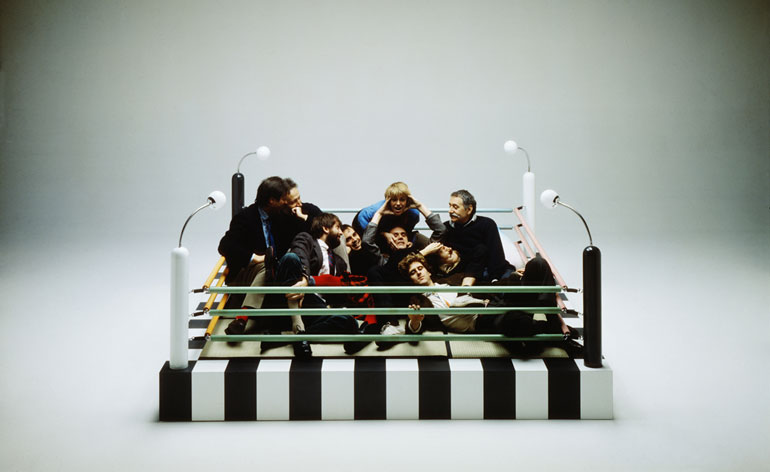 How Memphis developed from an informal gathering of restless creatives into one of design's most influential movements
How Memphis developed from an informal gathering of restless creatives into one of design's most influential movementsEverything you want to know about Memphis Design, from its history to its leading figures to the pieces to know (and buy)